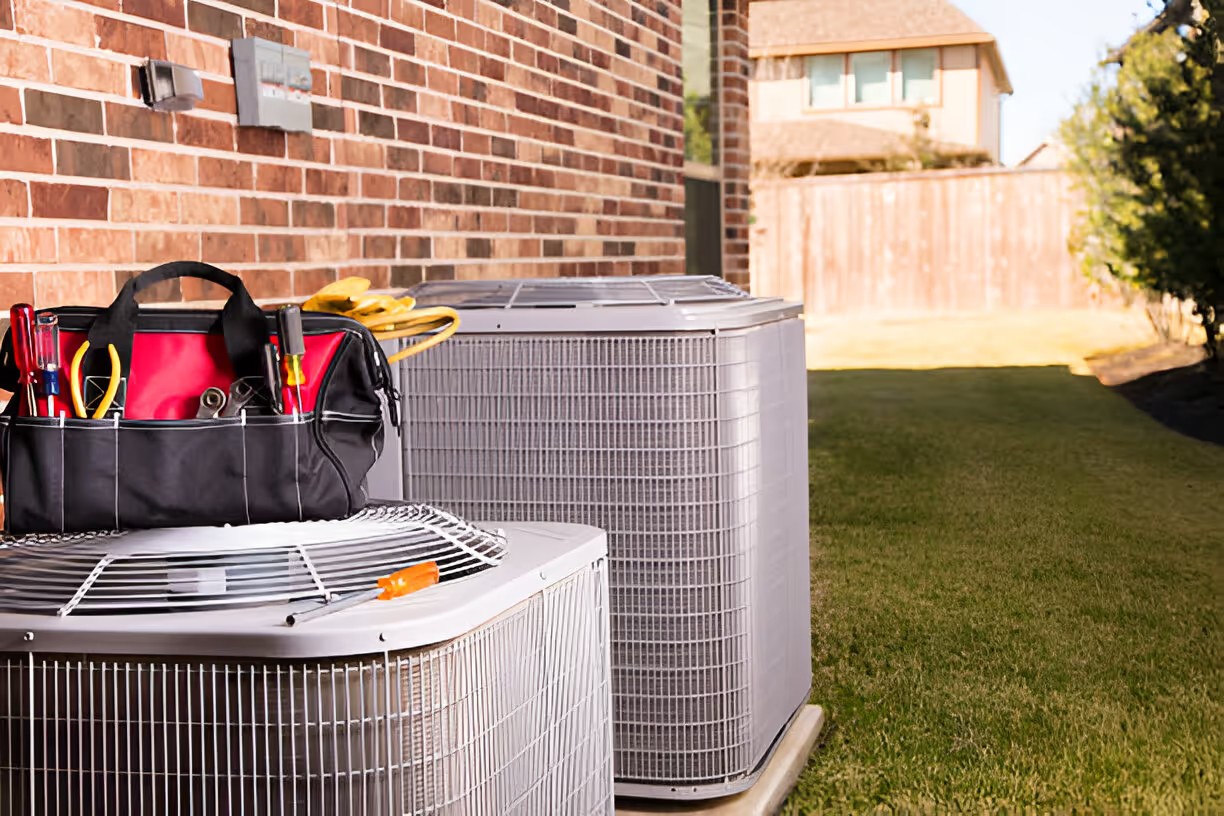Ductless Installation in Ahwatukee, AZ
Ductless installation in Ahwatukee, AZ delivers precise room-by-room comfort with space-saving design. Learn more and schedule installation today.
Ductless Installation in Ahwatukee, AZ
Ductless installation in Ahwatukee, AZ is an efficient, space-saving alternative to traditional central air — especially for older homes, room additions, and properties with limited or damaged ductwork. In Ahwatukee’s hot, dry summers and seasonal monsoon humidity, a properly sized ductless mini split can deliver precise temperature control, lower energy use, and improved comfort in individual rooms without the cost and disruption of full duct replacement.

Why choose ductless mini split installation for Ahwatukee homes
- Local climate drives high cooling loads during long, hot summers; ductless systems offer targeted cooling where you need it most.
- Many Ahwatukee houses and additions have limited attic or crawlspace for ducts; mini splits avoid extensive renovations.
- Zoned control reduces energy waste by cooling only occupied rooms, which is ideal when daytime occupancy varies.
- Cleaner indoor air and fewer duct losses mean more consistent comfort during monsoon-season humidity swings.
Common ductless installation needs in Ahwatukee
Homeowners typically pursue ductless installation in these situations:
- Room additions, sunrooms, or converted garages without existing ductwork
- Replacing aging window units or inefficient space heaters
- Adding supplemental cooling to master suites, home offices, or nurseries
- Splitting large open plans into controllable zones for better comfort and savings
- Replacing failing central systems while avoiding full duct replacement
Step-by-step ductless installation process
Below is a transparent overview of what a professional ductless installation includes so you know what to expect in Ahwatukee homes.
- Initial consultation and load calculations
- A technician conducts a site visit to assess room size, orientation, insulation, window exposure, roof pitch, and occupancy patterns.
- Manual J style load calculations determine the correct capacity for each indoor head so units aren’t oversized or undersized for Ahwatukee’s climate.
- The team discusses preferred indoor unit locations, outdoor condenser placement, line routing, electrical capacity, and any HOA or aesthetic considerations common in local neighborhoods.
- Planning, permits, and code compliance
- Installers verify local permitting requirements and code compliance for the City of Phoenix and Maricopa County where applicable, including setback, noise, and exterior appearance rules frequently enforced in Ahwatukee communities.
- Plans include electrical load checks, breaker sizing, and any required structural supports for mounting condensers or through-wall sleeves.
- Mounting indoor units and outdoor condenser
- Indoor units are mounted on secure brackets at optimal height and location for even airflow and minimal visual impact.
- The outdoor condenser is sited to balance efficiency, service access, and HOA guidelines—typically on a pad or wall bracket that minimizes noise and exposure to driveway dust and desert debris.
- Refrigerant line routing and electrical hookup
- Refrigerant lines, condensate drain, and low-voltage control wiring are routed through a single small hole (or recessed channel) to limit wall penetration and preserve finishes.
- Electrical connections tie into an appropriately sized breaker or disconnect. If the existing electrical panel requires upgrades, that is addressed during planning to meet code and safety requirements.
- Refrigerant charging and system commissioning
- Technicians evacuate the lines, check for leaks, and charge the system to manufacturer specifications. Proper refrigerant charge is critical for peak performance in Ahwatukee’s high-heat conditions.
- The system is started and fine-tuned for airflow, static pressure, and temperature split. Controls are set for zone schedules and preferences.
- Post-install testing and inspection
- Installers run a full operational test: cooling at different setpoints, defrost cycles on heat-capable models, condensate drainage, and noise checks.
- Documentation for permits and code inspections is prepared. If a municipal inspection is required, installers coordinate the final sign-off.
- Customer walkthrough and maintenance briefing
- The technician walks you through system operation: remote or app controls, fan modes, schedules, filter access, and basic troubleshooting tips.
- You receive guidance on seasonal maintenance, such as outdoor coil cleaning, filter changes, and keeping the condenser clear of desert debris and seasonal landscaping growth.
Typical warranty and financing details
- Most installations come with a combination of manufacturer warranties (compressor and parts) plus an installer-backed workmanship warranty. A commonly offered installer warranty is 1 year parts and labor; verify exact terms for the equipment you choose.
- Financing options are commonly available to spread the cost of equipment and installation over time. Typical plans include low-interest or fixed-term financing, and prequalification processes that do not impact credit in early stages. Discuss available plans to find terms appropriate for retrofit or whole-home strategies.
Common issues to plan for and how installers address them
- Oversizing or undersizing: Proper load calculations eliminate comfort and efficiency problems caused by improperly sized units.
- Aesthetic or HOA constraints: Low-profile condensers, painted linesets, and planned locations minimize visible impact and meet neighborhood rules.
- Electrical upgrades: Older Ahwatukee homes sometimes need new breakers or dedicated circuits; planning includes assessing and addressing panel capacity.
- Dust and pollen: Desert dust can increase filter maintenance frequency. Installers recommend washable or higher-MERV filters and scheduled cleanings.
Long-term benefits for Ahwatukee homeowners
A correctly installed ductless system delivers:
- Zoned comfort and precise temperature control for rooms with differing needs
- Lower energy use compared with running oversized central systems for small spaces
- Minimal interior disruption compared with full ductwork installation or replacement
- Enhanced indoor air quality from fewer duct losses and easier filter access
Final note: ductless installation in Ahwatukee, AZ is most successful when sizing, placement, and local code considerations are handled up front. That reduces surprises and ensures the system performs well through the hottest summer days and monsoon months while fitting into the character and constraints of local homes.






